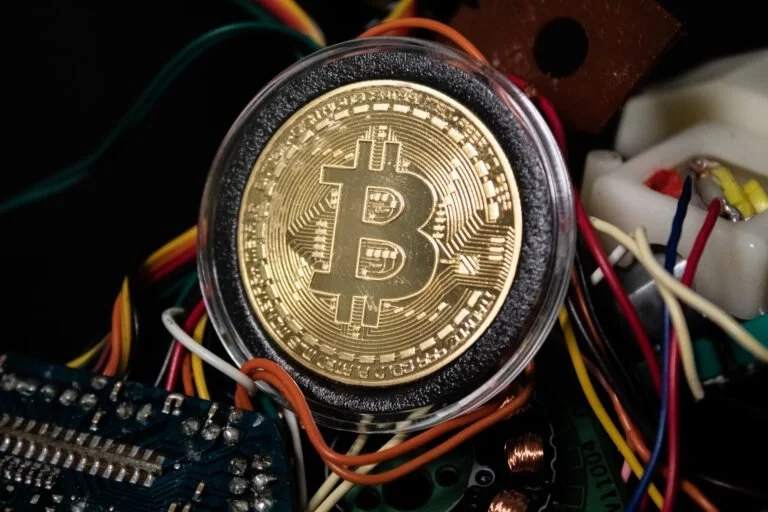image by Zoltan Tasi
Our 16 selected DeFi projects “Mcap/TVL ratio” average is down at 0.15 from last month 0.28 (i.e. $0.15 market cap for every $1 (TVL) value locked. The Mcap/TVL ratio (using fully diluted Mcap) is also down from 0.65 in Nov to 0.37 as at 17th Dec 2021. I have included a new diagram to reflect this data over time below.
Currently, at these Mcap/TVL ratios (Mcap & fully diluted Mcap), there has never been a better time to accumulate defi projects since this data set started in Feb 2021 - remember to DYOR!
The following 3 projects have below average ratios (ie the best three projects) at 17th Dec and we’ve included the data from Nov as reference: $LDO, $BAL and $CRV.
$CVX, $MAKER, $AAVE and $COMP are all worthy mentions, with historically low MCap/TVL ratios.
Projects less than the average have usually performed better than their peers - DYOR
Data as at 17th Dec 2021
From a market cap. perspective, $UNI is still out ahead, with $CRV making a challenge in difficult market conditions. Of interest here is the only project with an increase in Mcap was $CVX - 14.43% increase from November 2021.
Market Cap - observations (UNI & CRV)
The TVL chart (as at 17th Dec) shows the continued strength of $CRV, $MKR $CVX and $AAVE, however it is definitely worth pointing out the growth in TVL of following 3 projects $MKR (+95.6%), $UNI (+56.3%) and $CVX (14.8%) since early November 2021.
TVL Chart - observations (MKR & UNI)
DISCLAIMER
This publication is general in nature and is not intended to constitute any professional advice or an offer or solicitation to buy or sell any financial or investment products. You should seek separate professional advice before taking any action in relation to the matters dealt with in this publication. Please also note our disclosure here



















